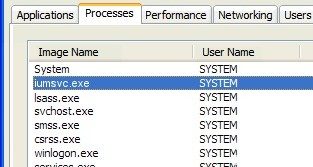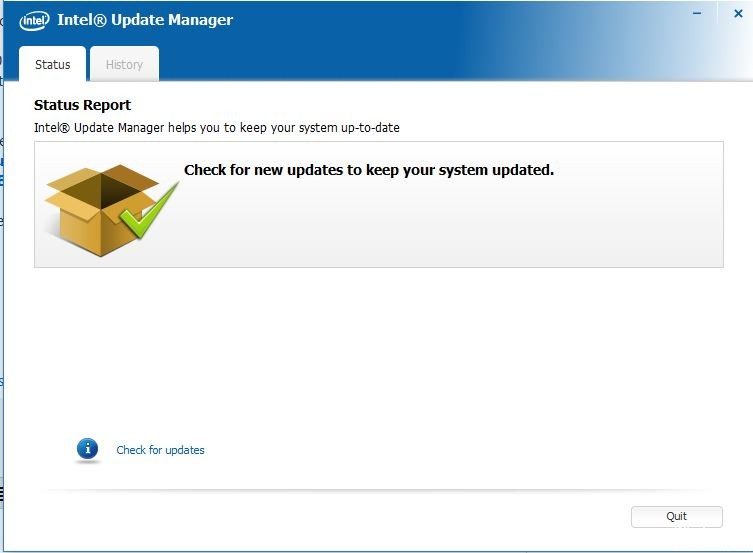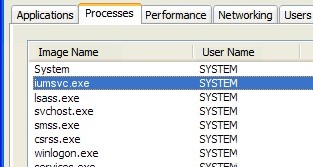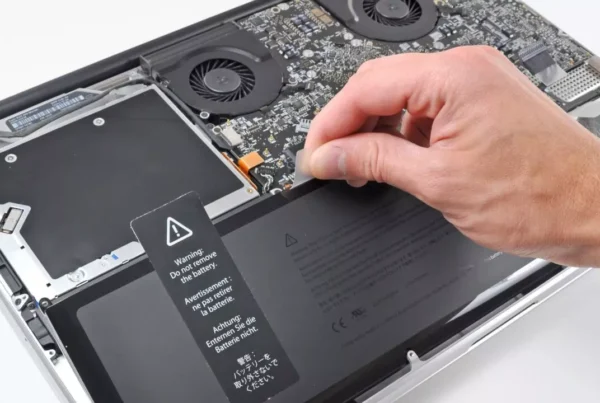RECOMMENDED: Click here to fix Windows errors and get the most out of your system performance
El archivo iumsvc.exe original es un componente de software de Intel Services Manager de Intel Corporation.

El procedimiento denominado “iumsvc.exe” se denomina Intel Services Manager e Intel Update Manager. Notifica de forma automática al Username cuando hay nuevas actualizaciones de software disponibles en los servidores Intel. Debe estar ubicado en “C: Archivos de programa Intel Intel® Update Manager bin bin ”; si se encuentra en “C: Windows” o en su subcarpeta “ System32”, puede ser un malware oculto. El Programmer de tareas de Windows configura una tarea de inicio automático para ejecutar Connection Update Manager y otra que se ejecuta diariamente. Si el programador de tareas tiene un error «414», es factible que falte el procedimiento. Se puede borrar ejecutando un símbolo del sistema como administrador y escribiendo: ‘sc delete “iumsvc”’. Se puede desactivar desde el símbolo del sistema con ‘c stop «iumsvc» y’sc config «iumsvc» start = disabled’. Intel Corporation, el fabricante de semiconductores más grande y mejor calificado del mundo, fomenta la innovación «ampliando los límites de las tecnologías inteligentes en red».
What is Intel Update Manager?
Intel Update Manager for Windows Setup is a software update application that helps Microsoft Windows* 7 users migrate their Intel software applications to Microsoft Windows 8*. Intel Update Manager for Windows can be installed on a Windows 8 computer that has been upgraded from Windows 7, and all data and applications were backed up during the operational upgrade. The user must have administrator rights on the computer to update the software.

Is iumsvc.exe safe?
As explained previously, the actual Iumsvc executable should not be considered a security threat. Regardless, some stealth malware is known to hide as executable files with extended privileges to avoid detection by security scanners.
Para asegurarse de que este no be el caso, le pedimos que realice una serie de comprobaciones para establecer si el ejecutable que está usando es auténtico o no.
First of all, you need to find evidence for the parent's request. If you are using Intel drivers (for example, Intel Update Manager or an equivalent utility signed by Intel), you may be using the original iumsvc.exe file.
But if you're not using Intel software, there's no reason to detect an active iumsvc.exe service (unless it's a residual file).
If this initial investigation raised any suspicions, you should find the location of the iumsvc.exe file that you see in Task Manager. To do this, press Ctrl + Shift + Esc to open a Task Manager window.
Once there, select the Procedure tab in the horizontal menu, then scroll down to the list of background processes and find the iumsvc.exe file. Once you've seen it, right-click it and select Open File Location from the new context menu that appears.
If the revealed location differs from C:\Intel\Program Files\Intel(R) Update Manager bin or C:\Program Files\Intel\Intel(R) Update Manager bin and you have not installed the Intel Utility in a custom location, there is a high probability that it is a malicious executable file.
RECOMMENDED: Click here to fix Windows errors and get the most out of your system performance






